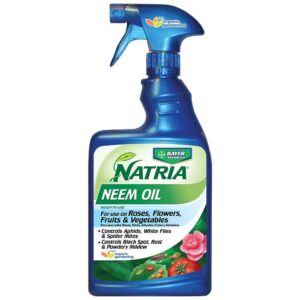If you have hydrangeas in containers bringing them in for the winter is something to consider. A lot depends on the container you have, your growing zone, and the kind of hydrangea you want to protect.
THE GROWING ZONE/CONTAINER FORMULA
The growing zone/container formula is first up, assuming your container is frost and/or freeze proof. Your containerized plant doesn’t have the insulating benefit of soil so you need to compensate for that. If the hardiness rating for your plant matches your growing zone, you need to either bring it in or seriously insulate it. Generally speaking, the difference between growing zones and plants needs to be at least 2 zones. For example, if you garden in zone 5, your containerized plant needs to be rated hardy to at least zone 3. Keep in mind that when it comes to H. macrophyllas, stem hardiness (where the flower buds reside) is not always the same as root hardiness (what is stated for plant survival).
Many gardeners grow their Confetti™ panicle hydrangea in a container. This fabulous dwarf hydrangea is hardy to zone 4 so if you garden in zone 6 or warmer, you could get away with keeping it outside (assuming your container can handle the winter temps). But if you have a Hydrangea macrophylla Akadama®, be aware that it is only hardy to zone 6. You better be gardening in zone 8 or warmer to be able to leave it outside for the winter.
LET’S BRING YOUR CONTAINERIZED HYDRANGEAS IN
So, let’s talk about “bringing it in.” An attached unheated garage or basement can work fine. Not so for unheated sheds or other outbuildings. But wait, you can’t bring it in quite yet.
SOME HYDRANGEAS NEED TIME TO SET THEIR BUDS
Remember if your plant is a h. macrophylla (big leaf) or serrata (mountain), you need to let the buds form for next year. That means leaving it outside for a period of at least 6-8 weeks after nighttime temps are consistently 60 degrees or below. It may even drop all its foliage, at which time you can safely bring it in. The foliage drop is your signal that the plant has gone completely dormant.
BE WARY OF “HITCHHIKERS”
When you bring your containerized hydrangeas in for winter, you need to ensure there are no insects on your plants or in the soil. For this one, it’s much easier to wait until the foliage falls. Then all you need to treat are the stems and soil. There are a number of products you can use for this. Your local independent garden center can help you decide. Neem oil is one as is spinosad.
Plan to spray at least once and to also apply a soil drench at least twice, waiting about 7-10 days in between each application. In the interim, you’ll still need to be sure your plant doesn’t dry out so regularly check the soil moisture to keep it well hydrated.
WHAT TO DO ONCE YOUR PLANT IS INSIDE
Once you have brought your containerized hydrangea in, the rest is easy. Check the soil from time to time (that will depend on the kind of hydrangea, conditions where you have it housed and its size) and add about a “snowball’s worth” of water when needed. That’s usually about 4-8 ounces, but again that might be too much or too little. Only you can determine the right amount.
Then you and your plant just have to wait until the weather warms next spring for another fabulous show.
UPCOMING SPEAKING DATE
October 11, 7 p.m. Newtown Senior Center, 8 Simpson Street, “Shrubs, the New Perennial.” Here’s a link for more info. Tell/bring your friends. I would love to meet you!
Thanks for reading.
6 Secrets for Stunning Hydrangea Flowers
Get my FREE mini-guide with 6 fool-proof tips showing how to grow hydrangeas that produce the most amazing flowers.
No spam - I promise!








